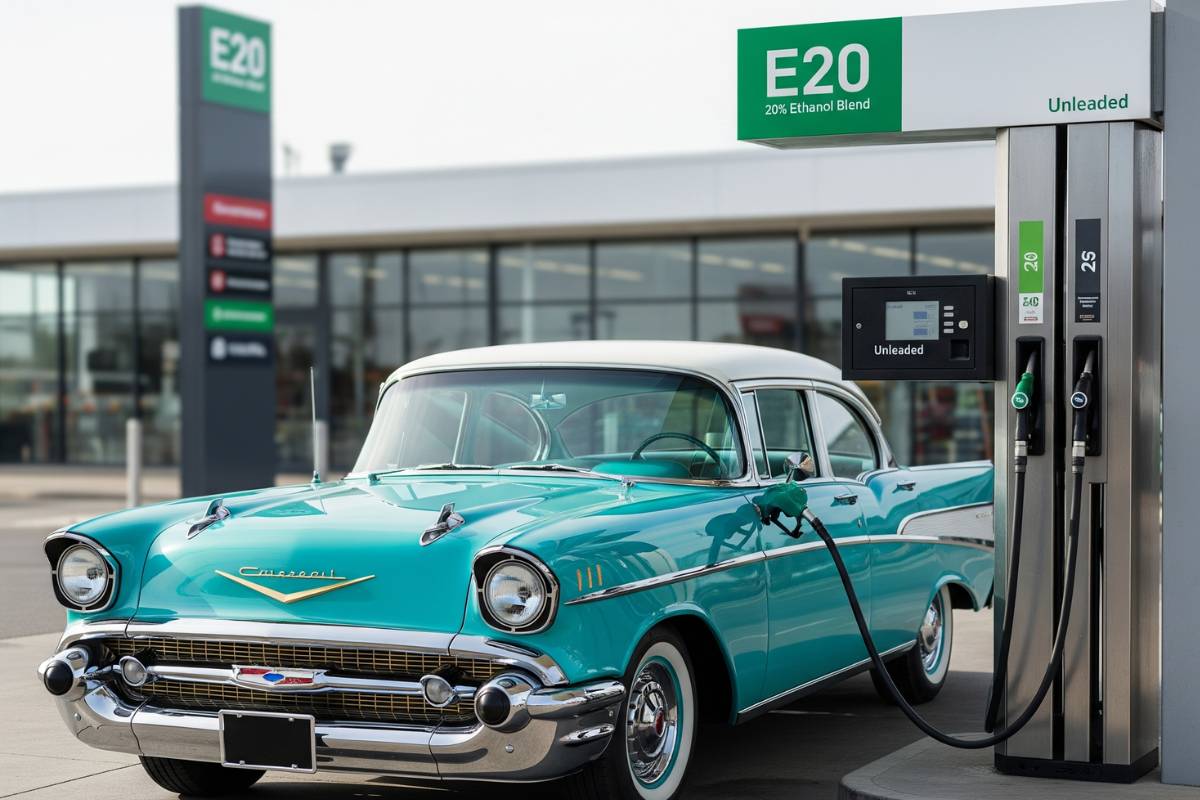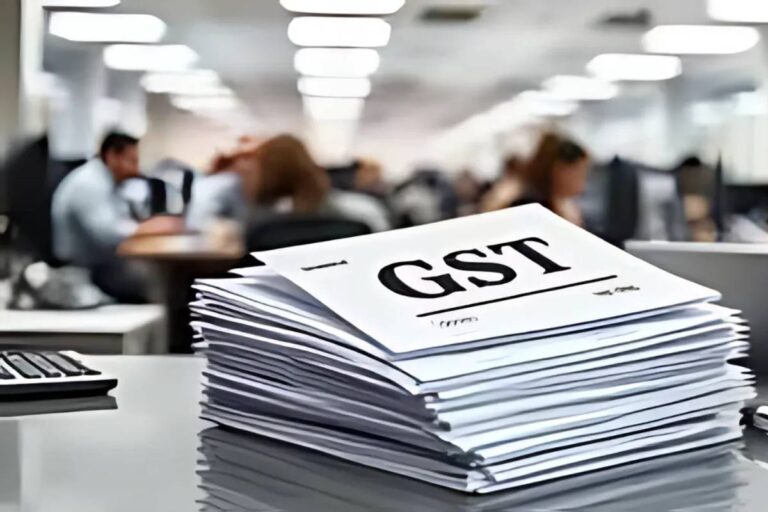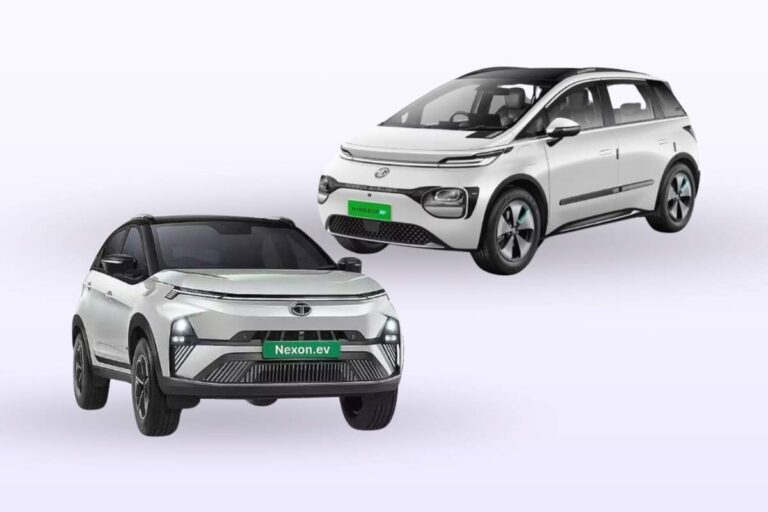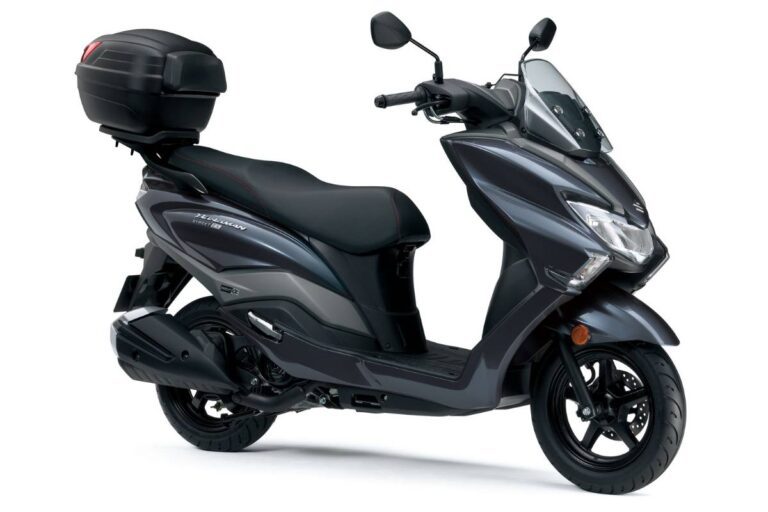Take a stroll to your local fuel station these days, and you’ll spot something different: the golden-yellow sticker boasting “E20” on the pump. That, believe it or not, is a nationwide rollout of petrol blended with 20% ethanol, part of India’s ambitious plan to curb pollution, cut crude oil imports, and support domestic agriculture. But as E20 pumps go live across the country, one question keeps popping up on streets, social media, and auto forums: “Is E20 safe for older cars and bikes?”
The government, in no uncertain terms, says yes. But drivers? Still scratching their heads. Let’s dig into the facts, real-world details on older vehicles, performance, and the science behind ethanol blending in India.
Ethanol-Blended Petrol: What Exactly Is Ethanol, and Why Put It in Petrol?
Ethanol is a biofuel. Made mostly in India from sugarcane, it’s a renewable alcohol distilled from plants or agricultural byproducts. Mixing ethanol with petrol, starting from blends as low as 5% (E5) or 10% (E10), now ramped up to 20% (E20) nationwide, serves several goals:
- Reduces carbon emissions from vehicles,
- Lowers dependence on imported crude oil,
- Boosts rural employment and farmers’ incomes,
- Encourages the use of renewable fuels.
What’s Special About E20?
E20 means your petrol now contains up to 20% ethanol by volume. This new blend is part of India’s Ethanol Blended Petrol (EBP) Programme, which set the bar for 20% blending as early as 2025, years ahead of the initial 2030 targets.
The Government’s Position: No Harm to Older Vehicles
Official Statement, August 2025
The Ministry of Petroleum & Natural Gas says the science is clear. Using E20 petrol in older vehicles does not cause “significant damage” or “major wear-and-tear.” That’s straight from official statements, repeated in Parliament and on social media. Key conclusions from government-backed research:
- Marginal Drop in Mileage: For cars designed for E10 but running on E20, fuel economy dips by 1–2%. In older, non-E10-calibrated engines, the drop can be 3–6%.
- No Major Performance Issues: Extensive testing (including up to 100,000km on a variety of engines) revealed zero “statistically significant differences” in power, torque, or durability.
- Material Compatibility: Modern regulations and safety standards require fuel system materials, rubber, gaskets, and plastics to be E20-ready in new cars. For older vehicles? Some rubber parts or gaskets may need replacement after 20,000–30,000km, but repairs are simple and affordable, typically managed during routine servicing.
- International and Domestic Backing: Test data from the Automotive Research Association of India (ARAI), Indian Oil Corporation R&D, and parallel international studies support these findings.
“E20 petrol poses no significant damage to older vehicles. Studies revealed no major performance or wear-and-tear impacts in older vehicles.”
Ministry of Petroleum & Natural Gas (August 2025)
Fuel Efficiency and Power: What Changes?
Here’s the kicker: ethanol does have less energy per litre compared to regular petrol. So, yes, you might notice your fuel efficiency drop just a bit.
- Real-World Impact: For most newer vehicles (built post-2010 and E10-ready), experts estimate a reduction of about 1–2% in mileage. For older, carbureted engines, or vehicles calibrated for pure petrol, the decrease can reach 3–6%, mainly because their systems aren’t tuned for ethanol-rich blends.
- Performance: There’s little to no drop in power or acceleration, provided the engine is in decent health. For non-E20-compliant models, slight rough idling or occasional cold-start trouble could happen, but modern cars and bikes generally run seamlessly on E20 after minor tuning.
Engine Wear and Component Lifespan
Funny thing is, some myths just refuse to die. The most persistent? Ethanol will “eat away your engine.” The real breakdown:
- Corrosion Concerns: Ethanol is hygroscopic; it soaks up water. In high concentrations, that could, over time, lead to corrosion, especially in older fuel lines or tanks.
- Government Response: India’s E20 blend uses corrosion inhibitors. The Bureau of Indian Standards prescribes fuel system materials compatible with ethanol blends, even for legacy vehicles. The only caveat? After 25,000–30,000km, older cars/bikes might need replacement of a few rubber parts or seals.
- Cost of Repairs: Replacement is affordable, handled at regular servicing. Modern synthetic rubbers and plastic composites are far more resistant to ethanol than 1990s-era materials, so newer cars face even fewer issues.
Worries About Long-Term Use
Studies on ethanol’s long-term impact, carried out both in India and overseas, found “no statistically significant difference in power, fuel economy, or durability” for cars, even those tested up to 100,000km. So, while component upkeep is advised, catastrophic failures from E20 are simply not observed in empirical testing.
E20 In the Indian Context: Unique Benefits, Some Tradeoffs
Environmental Goals: Why Ethanol Matters Now
- Greenhouse Gas Reduction: Ethanol burns cleaner than petrol, producing less carbon monoxide, hydrocarbons, and particulate matter. Added oxygen allows for more complete combustion, directly improving India’s notoriously poor urban air quality.
- Climate Commitments: The Ethanol Blended Petrol Programme is a pillar in India’s roadmap to net-zero emissions by 2070.
- Saving Foreign Exchange: By blending ethanol, largely produced from Indian sugarcane and grain farmers, India reduced crude oil imports by over 200 lakh metric tonnes since 2014 and saved roughly ₹1.1 trillion in foreign exchange over ten years.
- Rural Economy Boost: These policy moves also mean direct income for India’s agricultural sector, especially small and marginal farmers who sell excess sugarcane or grain for ethanol production.
Economic Implications
- For Vehicle Owners: While E20 can slightly reduce mileage, its pump price is often lower than pure petrol (though benefits at the consumer level vary based on state taxes and market dynamics).
- For the Nation: Shifting to homegrown fuel with ethanol blending has real macroeconomic impact, energy security, rural jobs, and reduces the trade deficit.
The Auto Industry’s Response
- Vehicle Compatibility: Nearly all new vehicles manufactured after April 2023 are E20-ready. Automakers have used corrosion-resistant materials and recalibrated engines to optimize for ethanol blends.
- Older Vehicles: No need for panic, but some models, especially those from the early 2000s or before, should get periodic checks for rubber, plastic, and elastomeric components.
FAQs: Answering the Nation’s Top E20 Questions
Does E20 Cause Major Engine Damage in Old Cars or Bikes?
No. Government and independent lab evidence confirms no significant engine or driveline damage over 100,000km of use. Minor maintenance, like changing rubber parts, is sometimes recommended after extended running on E20.
Will My Mileage Drop With E20?
Yes, but marginally. Cars made for E10 and retuned for E20 will see just a 1–2% dip. Carbureted or much older vehicles may experience up to 6% lower mileage, unless adjusted/tuned.
Can I Mix E20 With Regular Petrol in My Tank?
E20 is designed to be fully compatible with blends down to pure petrol (E0) or E10. There’s no harm in topping up from a different pump or if you travel between states with differing blend availability. That said, consistent E20 use is ideal for consistency in performance.
Do I Need to Modify My Engine or Fuel System?
Newer vehicles require no changes. For older vehicles, regular inspection and timely replacement of rubber hoses or seals after 20,000–30,000km of E20 use suffices. No engine overhaul is needed.
Is There Any Advice From Automakers?
Since April 2023, almost all major Indian automakers have been selling E20-ready vehicles. For older models, check your owner’s manual or ask your dealer; they often have recommendations for servicing and fuel system checks.
International Experience: What Can India Learn?
Brazil, the United States, and a handful of other large countries have long histories with high-ethanol fuels. Brazil switched most of its fleet to a blend called E27 (27% ethanol) decades ago, without mass engine failures. Key takeaways:
- Technological readiness and public education make for smoother transitions.
- Making information about compatibility and maintenance easily available reduces consumer anxieties.
- Local climate, humidity, and driving patterns matter too. Indian authorities recommend attentive maintenance in coastal or especially humid regions, where corrosion rates run higher.
What Lies Ahead? The Road to E30 and Beyond
The E20 rollout is just a waystation. Indian policymakers are already eyeing higher blends, maybe even E30 by 2030. The aim: squeeze out more carbon reduction, energy independence, and savings for the Indian economy. Key conditions for success:
- Nationwide E20 Material Compatibility: Ensuring all new vehicles can run safely on blends up to and beyond E20.
- Stronger Supply Chains: Securing enough ethanol from non-food crops and food processing byproducts.
- Clearer Labeling and Public Guidance: Fuel stations and automakers need to explain blend compatibility, maintenance tips, and warranty coverage.
Verdict: Safety, Savings, and Sustainable Mobility
To sum up: for India’s millions of drivers and bikers, E20 petrol doesn’t spell disaster for older vehicles. Sure, there’s a tiny drop in mileage for some, and yes, occasional rubber replacement may be needed on high-mileage older models. But no mass engine failures, no soaring costs, nothing the average routine check can’t handle. For the country at large, E20 is a worthy step toward cleaner air, lower oil imports, and a greener economy.
So next time you pull up to the E20 pump, here’s the kicker: A cleaner, more self-reliant India, one tank at a time. And your old car? It’s ready for the ride.

























